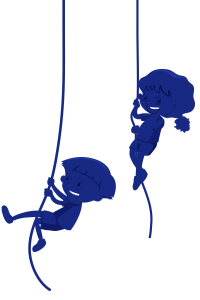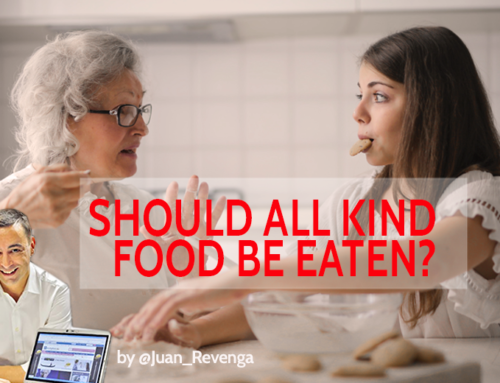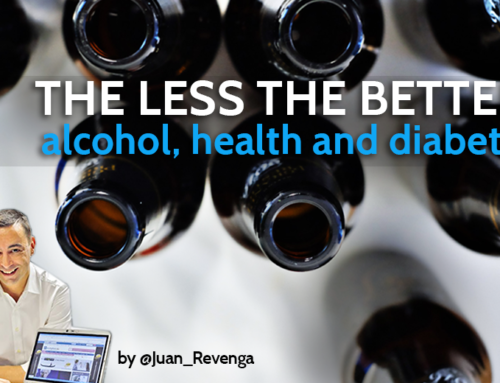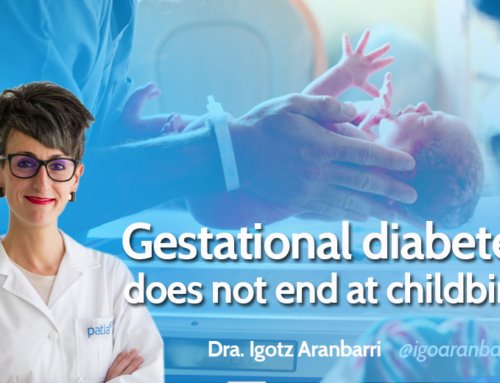At present days, almost everybody knows that physical activity is a need to keep ourselves healthy. However, many family´s way of life doesn´t seem to consider that need. Thus, so many parents think that school physical activity time is enough. And it is not.
What kind of physical activity fits better for children and teens?
Physical activity is basic to keep us healthy, that is why we should consider to transmit this habit from early childhood. Most children don´t do more exercise than the physical activity programmed at the school. Luckily, some others join after-school exercise, frequently sports, but also some not strictly sports (such as dancing, hip-hop, etc.) that are equally beneficial.
Preschool age
At preschool stage, we must insist on the necessity of “active play”. During this age children explore their own abilities, they enjoy running races with adults, jump, climb, being at the swings … all in a safe environment. This is the best exercise and it also helps to improve their growing coordination movements.
School age
 As much as possible it is good that adults practice exercise with children, giving example to them at the time we care ourselves´ health. It is quite usual to see whole families taking a walk, or riding a bike, as much as it is becoming to see more often parents footing with their children, playing racket sports, or even doing free time activities such as dancing.
As much as possible it is good that adults practice exercise with children, giving example to them at the time we care ourselves´ health. It is quite usual to see whole families taking a walk, or riding a bike, as much as it is becoming to see more often parents footing with their children, playing racket sports, or even doing free time activities such as dancing.
Adolescence
Reaching adolescence, it is quite usual to see teens joining their friends to practice exercise, for instance to play soccer, racket sports or riding bikes with their gang. Give them freedom for this is a good thing to do, but insisting on their safety, using the helmet and protections (while biking, skating or climbing …) since at this stage fall injuries are rather common.

According to “Children in the city” survey, conducted by the Spanish Heart Foundation (FEC), the World Heart Federation (WHF), and the European Football Association (UEFA):
- 85% don´t achieve the minimum one daily hour of physical activity recommended by WHO for children between 5 and 17 years old.
- 23% of the smallest, complain about parents’ participation, since 17% never exercise with family.
Let me finish with an advice I sometimes give in my consulting room: never worry about having a physical active child from an early age, if it is hard to keep up their rhythm, or if they need new shoes every now and then. Get worried when they start spending more time in front the screen than outdoors, whenever they get lazy to go out playing, or is they wear away more the couch than their trainers. If that moment comes, do not hesitate to consultation.








